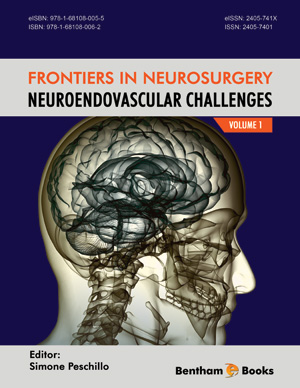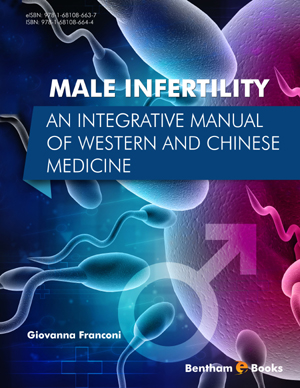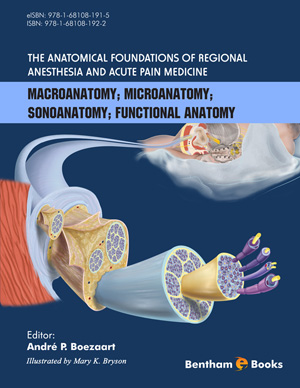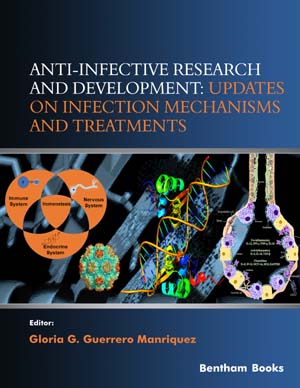Abstract
Early recanalization of a thrombosed cerebral artery in a patient with acute ischemic stroke is related to better outcome and reduced mortality. Intravenous administration of rt-PA within 4.5 hours from stroke onset is the recommended therapy for acute ischemic stroke. However, several studies demonstrated improvements, in terms of anatomical and clinical results when intravenous therapy is associated with intra-arterial approach. Although improvement in outcome of patients treated by mechanical approach reported in various case series, three recent randomized controlled failed to demonstrate the superiority of mechanical thrombectomy over intravenous fibrinolysis. In the first part of this chapter we report the results of these randomized trials and discuss their biases and limitations. We then describe stentriever thrombectomy techniques and the mechanical approach to tandem occlusions.
Keywords: Embolectomy, endovascular treatment, intracranial revascularization, intravenous fibrinolysis, ischemic stroke, mechanical treatment, tandem occlusions, thrombectomy, stentrievers.






















